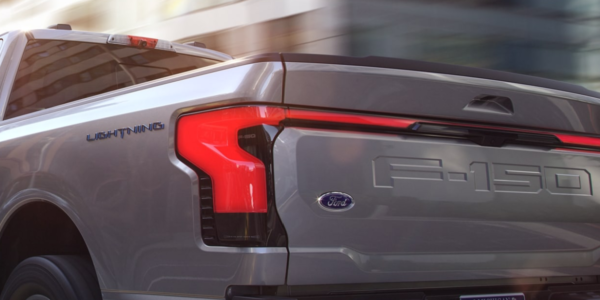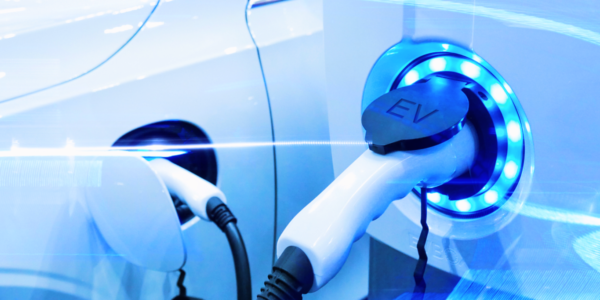
As with any major investment, the initial and ongoing costs must be weighed carefully against their ultimate value to figure out total cost of ownership. However, the metrics by which this value is measured must be clearly determined – if not, any value provided is subjective and non-quantifiable. So, how do we calculate this elusive figure called ROI?

With so many short- and long-term environmental and economic benefits of a large-scale switch to electric technology, more businesses and governments on all levels are pledging to achieve net-zero emissions in the upcoming few decades.

The ability to collect so much valuable data also allows data management teams to identify areas for improvement that could greatly reduce a fleet’s carbon footprint. Observations regarding waste reduction, fuel consumption and idling time can help managers identify where and how they can do better.

A 2019 study by Volvo found that more than half of the drivers surveyed were unwilling to buy EVs because they were afraid they’d run out of power before being able to charge their vehicle, while 49 percent voiced concern about the limited number of charging stations.

Most people tend to associate electric vehicles with smaller, lighter duty models that are not designed for heavier work loads. However, with Ford’s new F-150 model, they are setting themselves apart from their competitors by pushing the boundaries and setting the standard for other brands to pursue fully-electrified models that can get the tough jobs done in the future.

Regardless of the inefficiencies, hydrogen does have the advantage in terms of range, lightness, and quick refueling. The issues come with the process of actually getting the fuel source to the car without losing so much power.

When you look at the amount of major manufacturers that are now talking about changing from gasoline and diesel to electricity, it’s not just the startup companies anymore. It’s actually now large companies General Motors, Chevrolet and Ford that are making the shift.

This week, Utilimarc announced the signing on of new customer, Avista Corp. to their Business Intelligence Platform for fleets. Avista was interested in creating a business case as well as being able to scale for electric vehicle data, a key aspect was to focus on integrating all of their organization’s fleet data systems into a single analytical platform and to ensure accurate meter insights in order to create a more effective fleet management process.

Digging into your data will be essential in this transition, especially if you’re looking to identify opportunities within your operations structure that could in fact be more sustainable that they currently are. Telematics can be a large help, but the data means nothing if you don’t do anything with it.